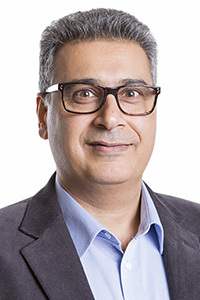To identify hot-spots in urban material waste
Start date: 2015-06-01
End date: 2016-06-01
The long-term goal of this research is to develop a method to identify which urban products generate waste that has the largest economic costs and environmental impacts, i.e., which wastes are the ‘hot spots’. Social aspects, such as the need for availability of the product, will also be included, and this will enable us to calculate ‘waste indicators’ for different products, groups of products (such as foodstuff), individual or groups of companies and even entire cities. These indicators, on the product level, can be used as internal information for company managers to identify which wastes should be eliminated or reduced. The indicators can also be used for marketing. Activities that lead to reduced wastage are important for sustainable development.
The short-term aim of this project is to continue our research to identify the hot spots associated with food products. In a recent report by the Institution of Mechanical Engineers it was estimated that between 30 and 50% of food products end up as waste (1.0 to 1.2 billion tons per year). This figure is far larger in developed than in developing countries, and supermarkets are a large source of this type of waste. The study will be conducted in collaboration with a supermarket in central Borås, which is expected to be typical for Swedish urban supermarkets. The economic and life cycle analysis (LCA) performed at the supermarket will identify food wastage at the supermarket as well as in the up- and downstream processes. This work complements our research that focuses on identifying hot spots in urban households and reducing their economic and environmental impact.



